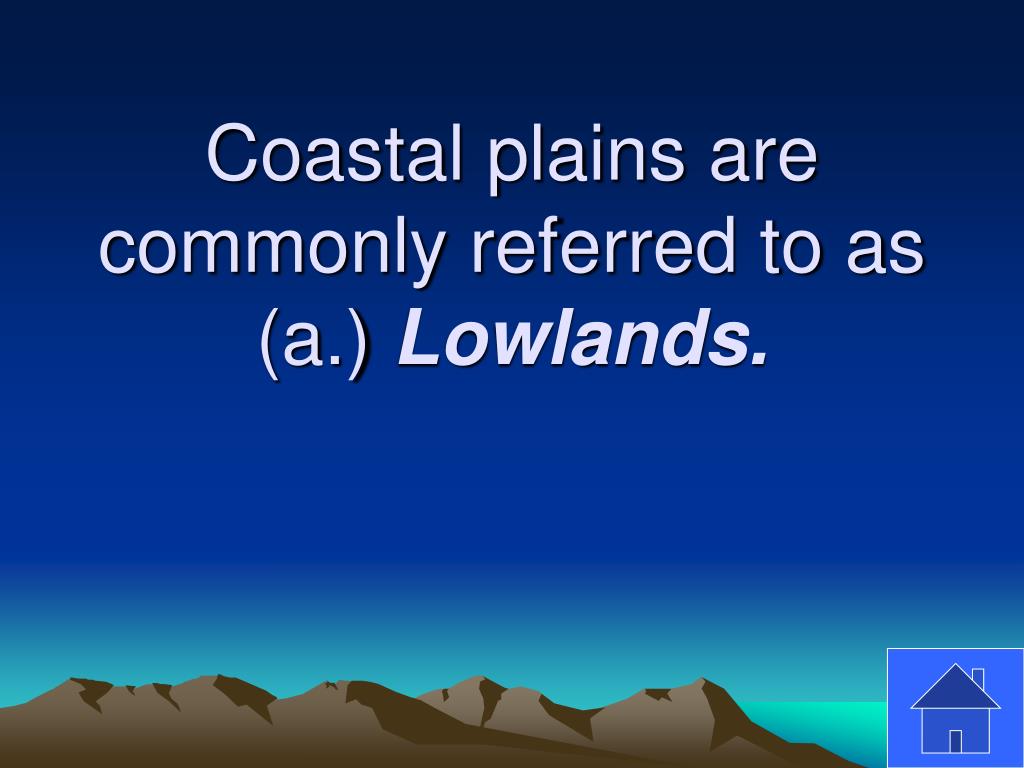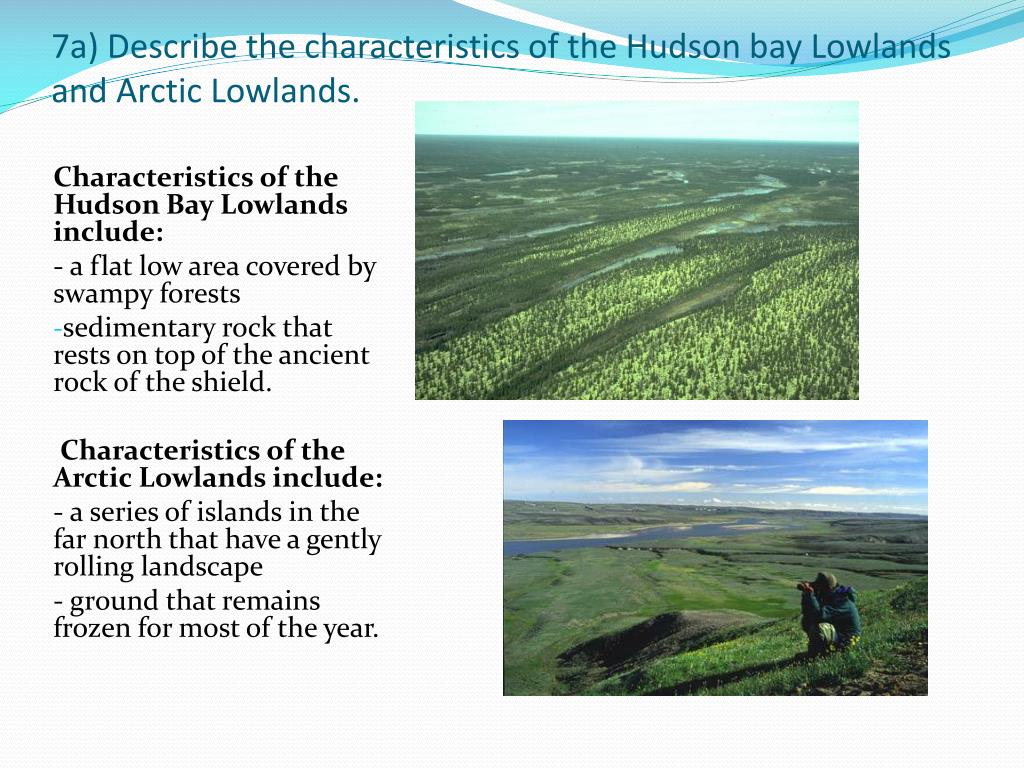


It consists of well-watered, wide, rolling plains, and low hills with scanty vegetation. The plateau has an altitude ranging from 4000 to 6000 ft (1,200 to 1,800 m). Water is fairly abundant, though in the dry season obtainable only by digging in the sandy beds of the rivers. This intermediate mountain belt is covered with luxuriant vegetation. The approach to the great central plateau of Africa is marked by a series of irregular terraces. This region is in general sparsely watered and somewhat sterile. The coast plain extends inland for a distance varying from 30 to 100 miles (48 to 165 km). Lobito Bay has water sufficient to allow large ships to unload close inshore. Farther north are Port Alexander, Little Fish Bay and Lobito Bay, while shallower bays are numerous. There is but one deep inlet of the sea – Great Fish Bay (or Baía dos Tigres). The coast is for the most part flat, with occasional low cliffs and bluffs of red sandstone. The far north and Cabinda enjoy rain throughout much of the year.

Elevations generally range from 3,000 to 6,000 feet (900 to 1,800 m). The interior highlands have a mild climate with a rainy season from November through April followed by a cool dry season from May to October. Summers are hot and dry, while winters are mild. There is a short rainy season lasting from February to April. The coastal strip is tempered by the cool Benguela current, resulting in a climate similar to coastal Peru or Baja California. The Zambezi River and several tributaries of the Congo River have their sources in Angola. The country is divided into an arid coastal strip stretching from Namibia to Luanda a wet, interior highland a dry Savana in the interior south and southeast and rain forest in the north and in Cabinda. It also is bordered by the Democratic Republic of the Congo and Zambia to the east. Angola is located on the South Atlantic Coast of West Africa between Namibia and the Republic of Congo.


 0 kommentar(er)
0 kommentar(er)
